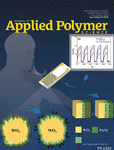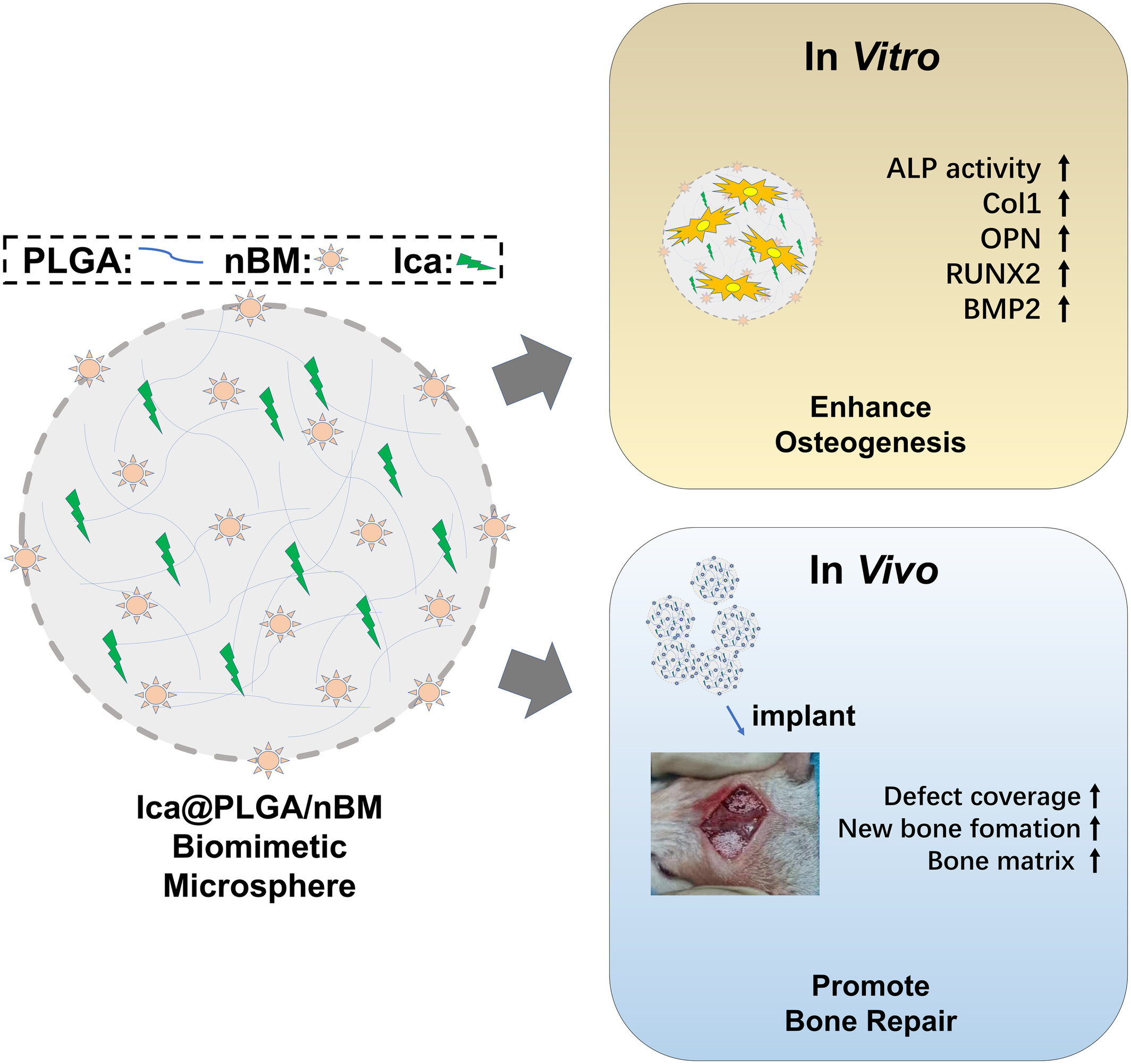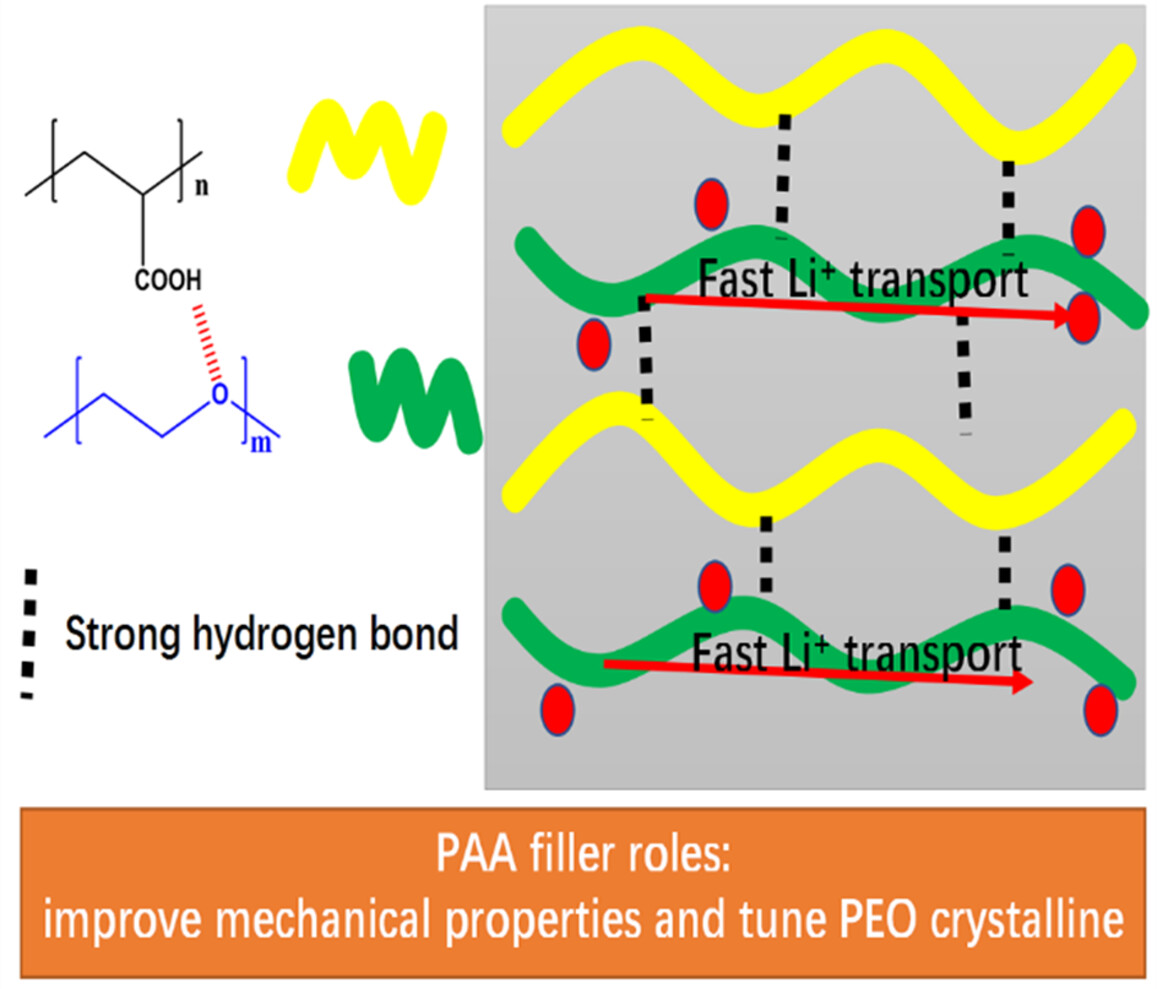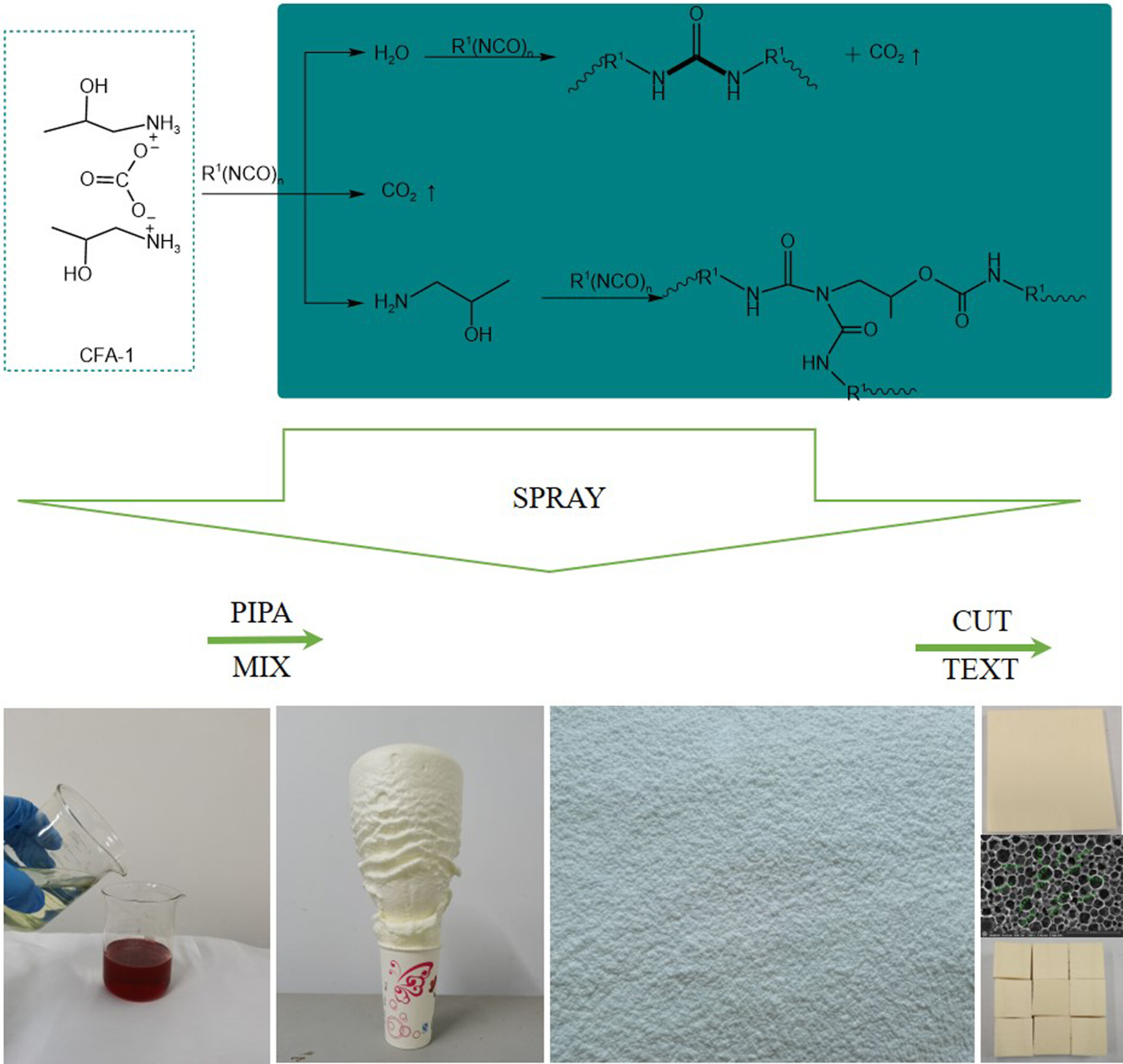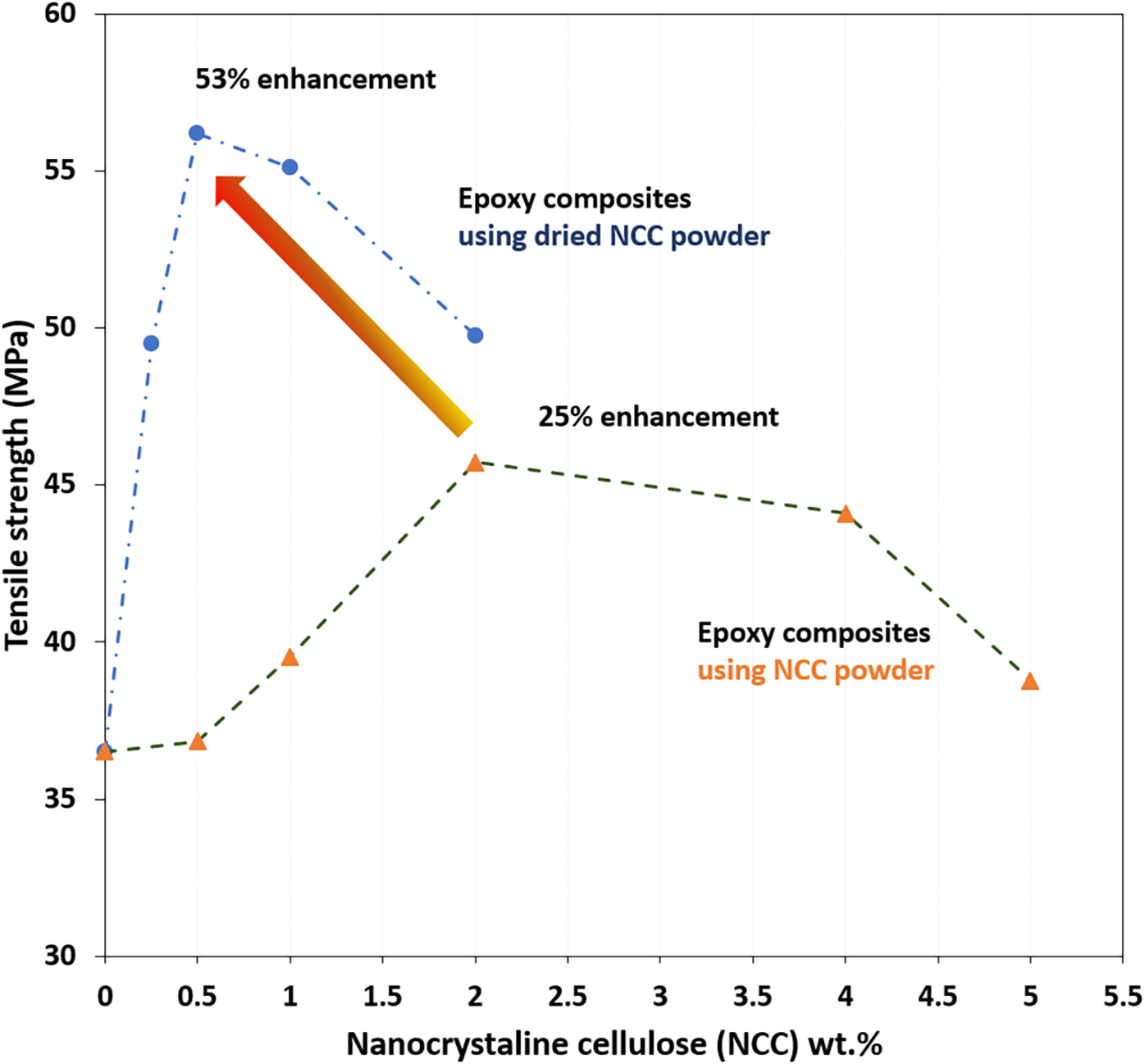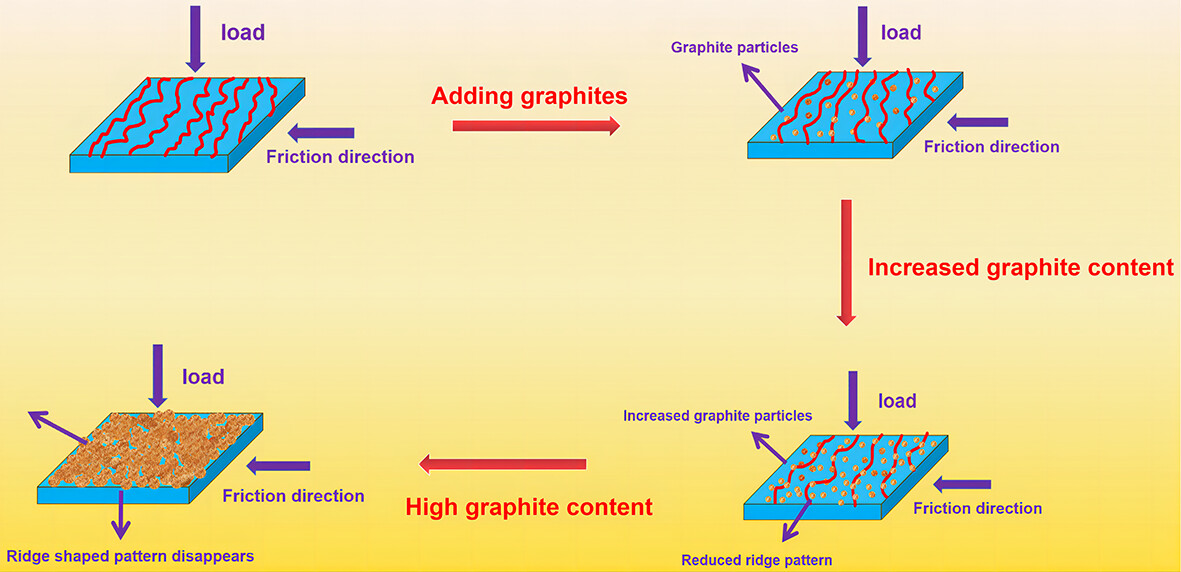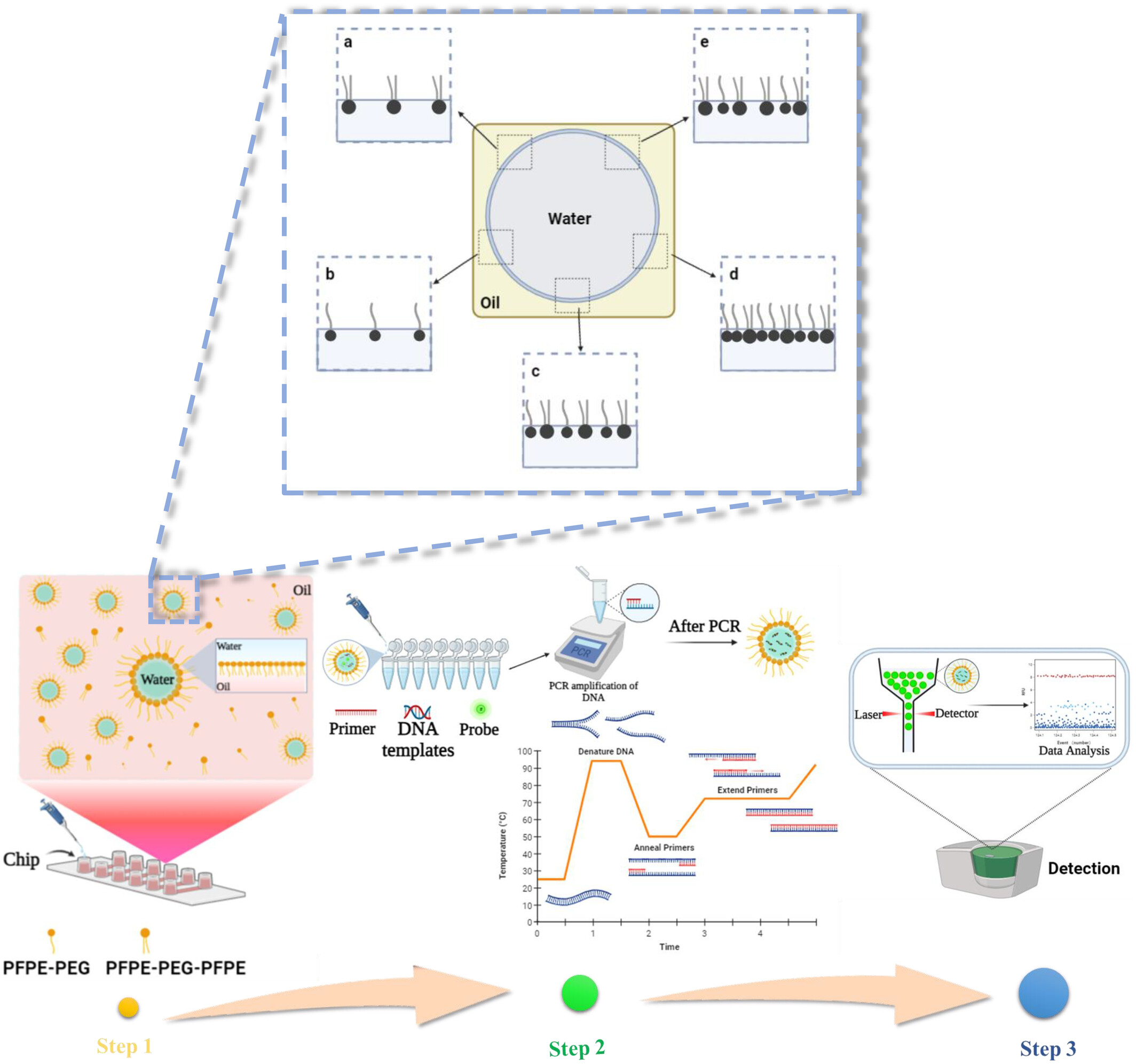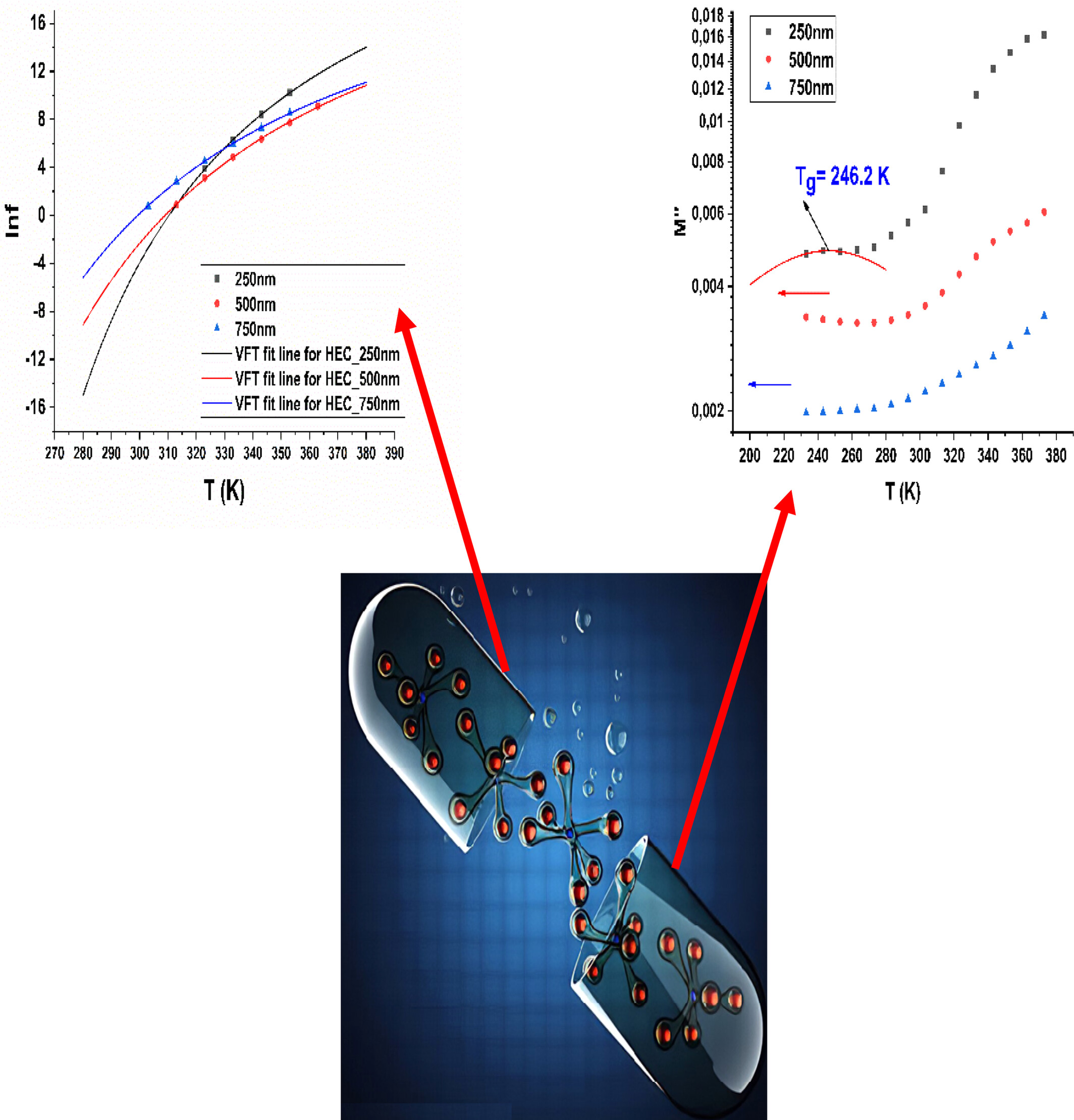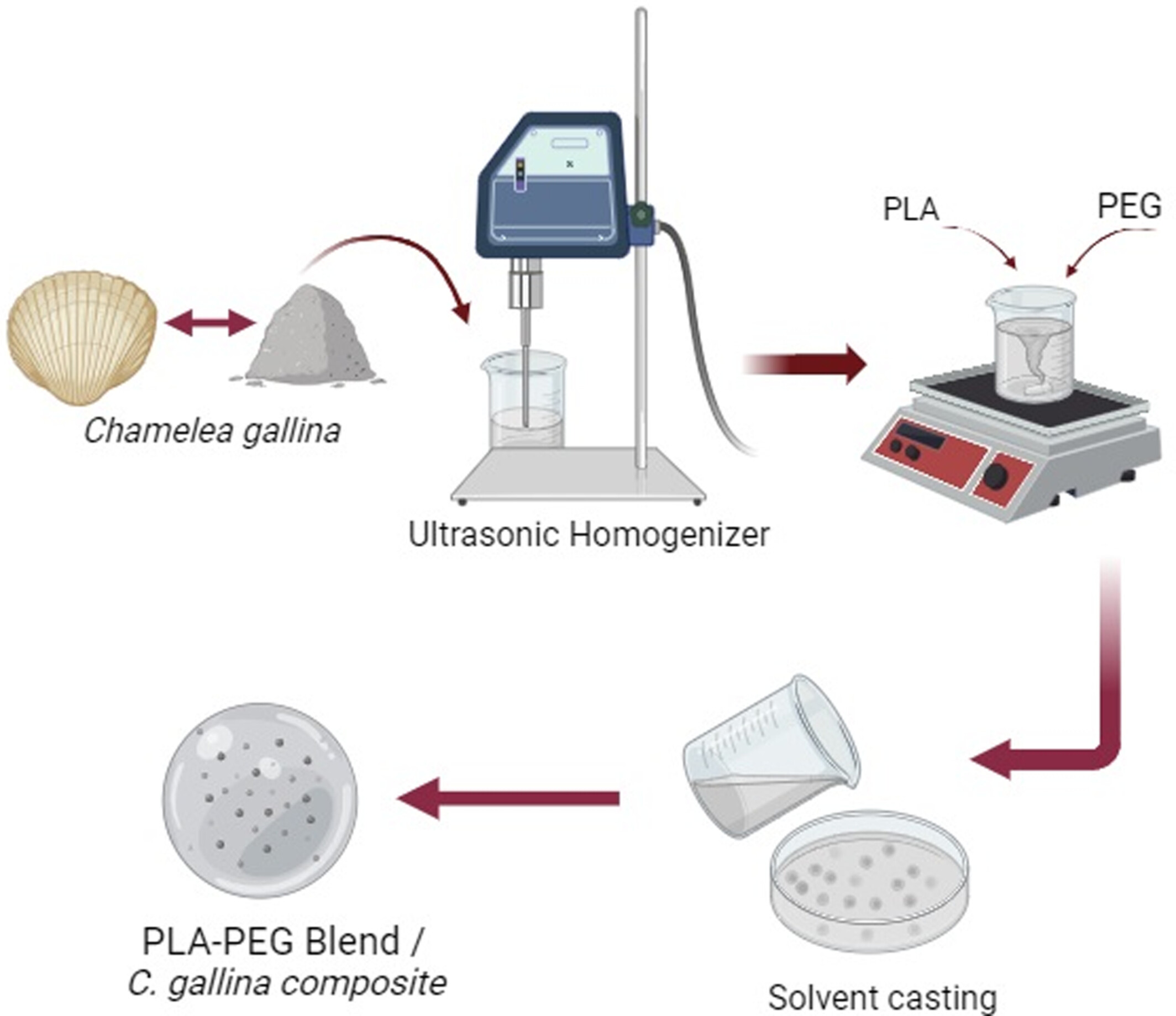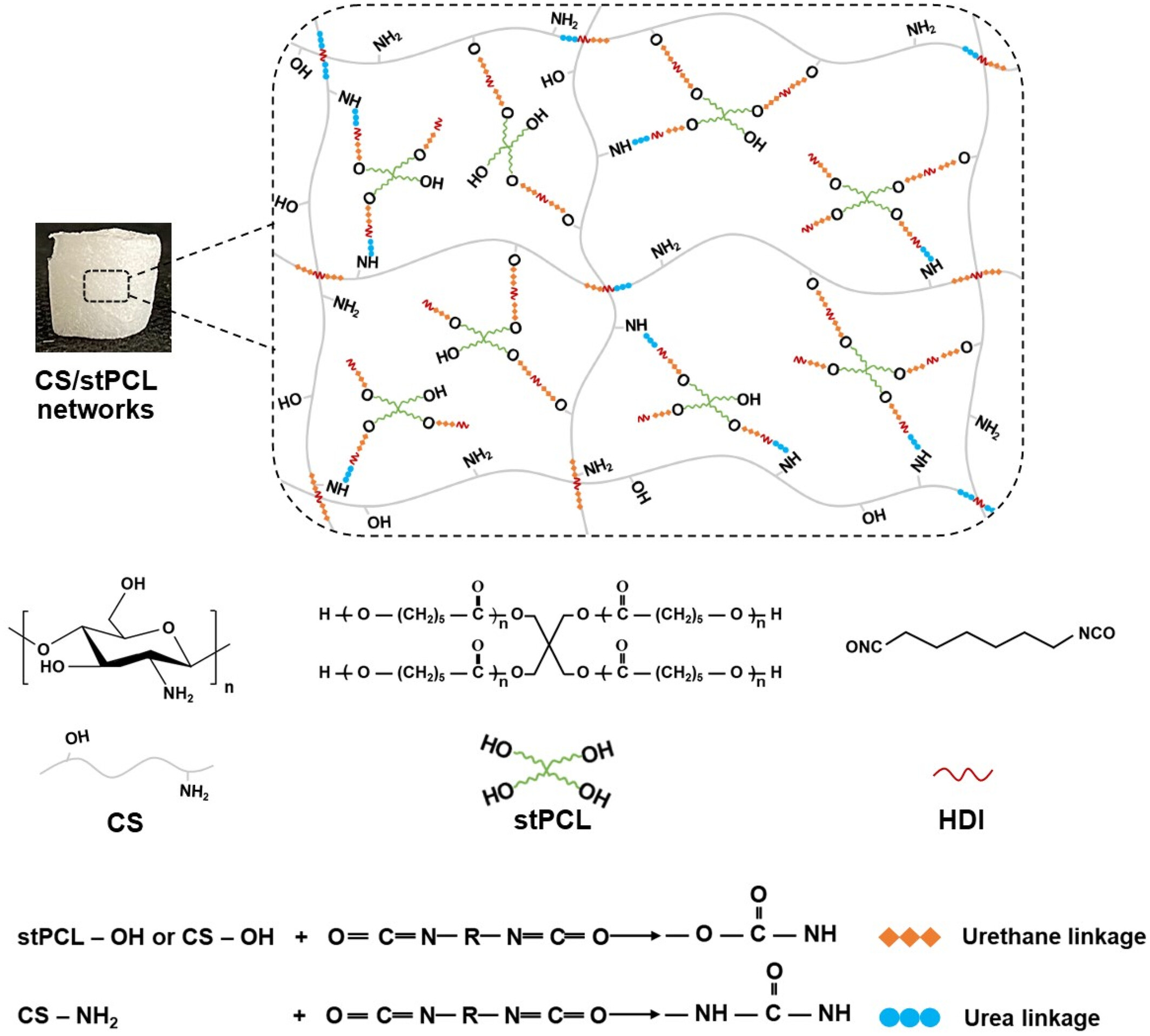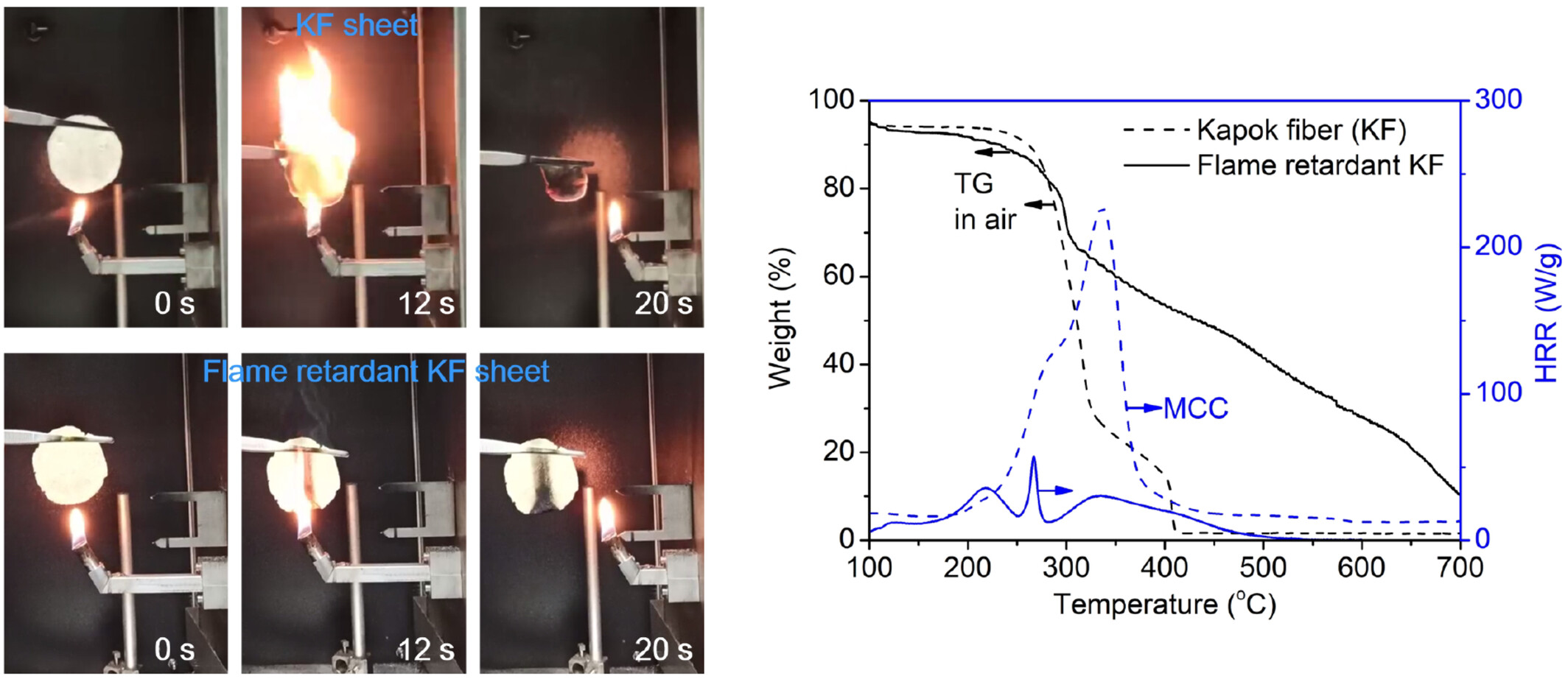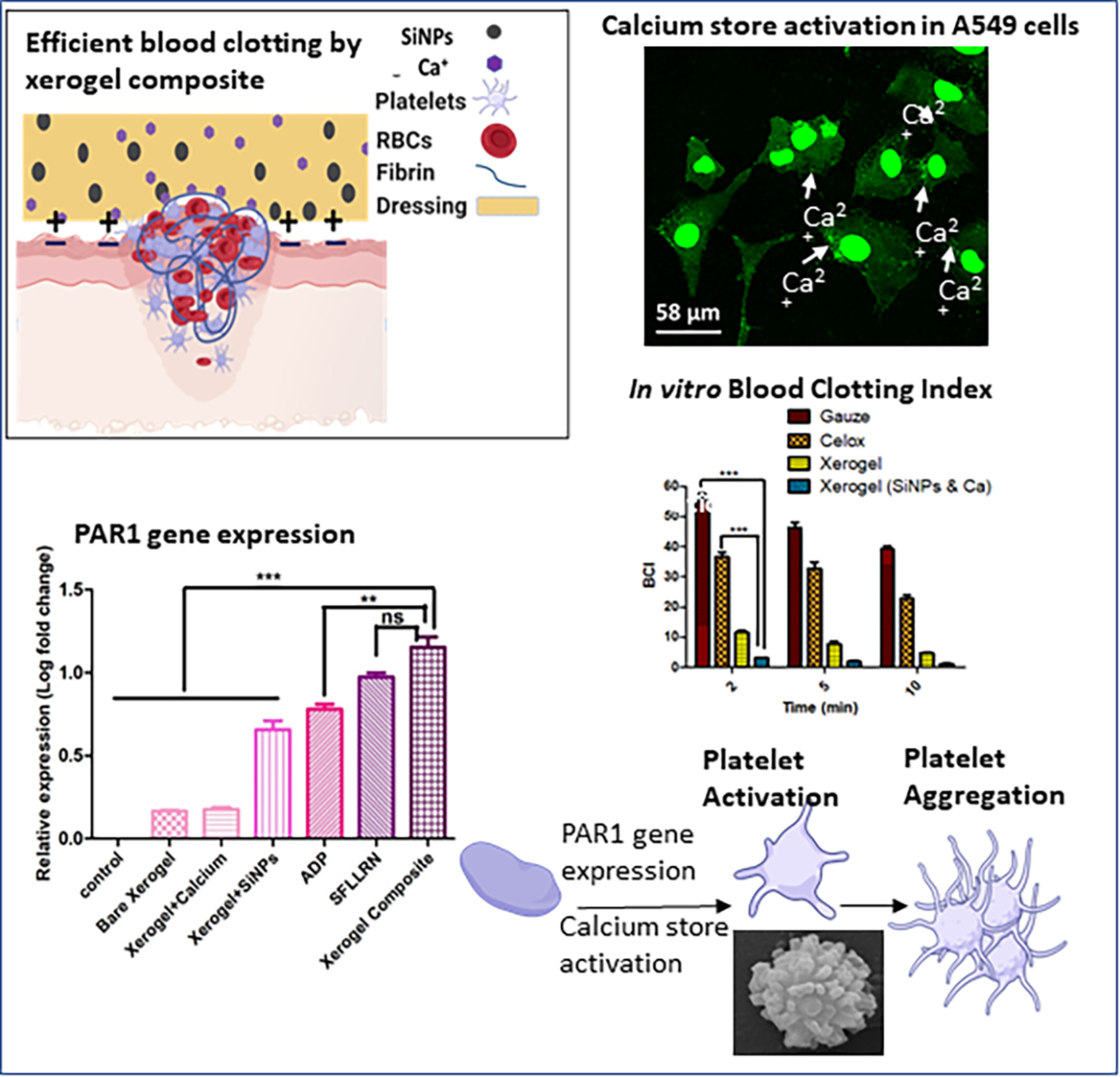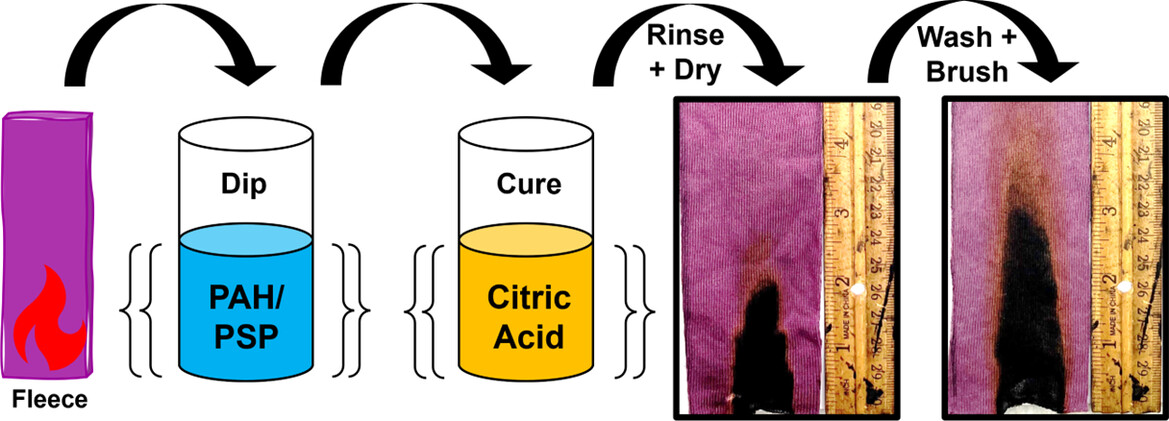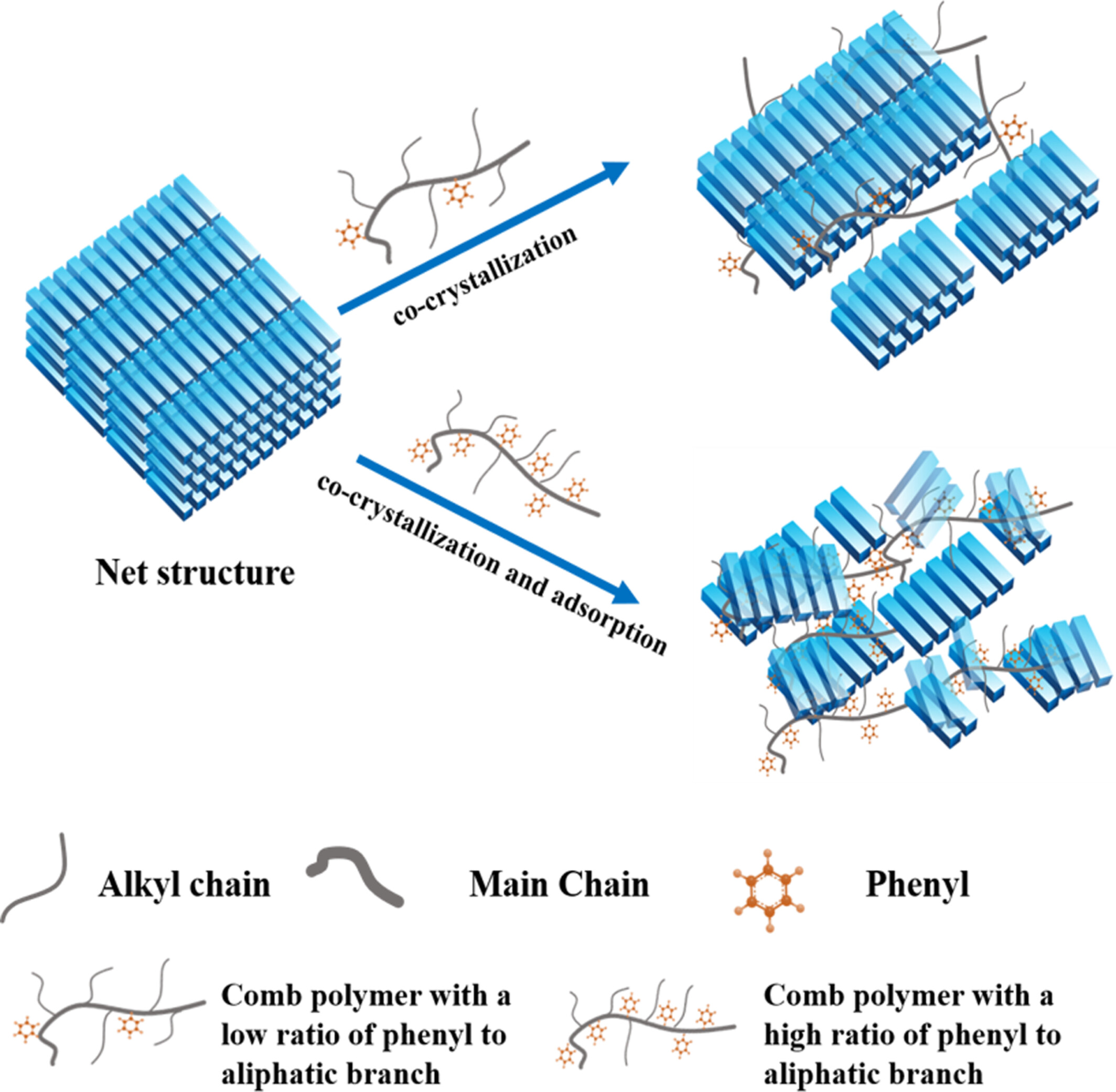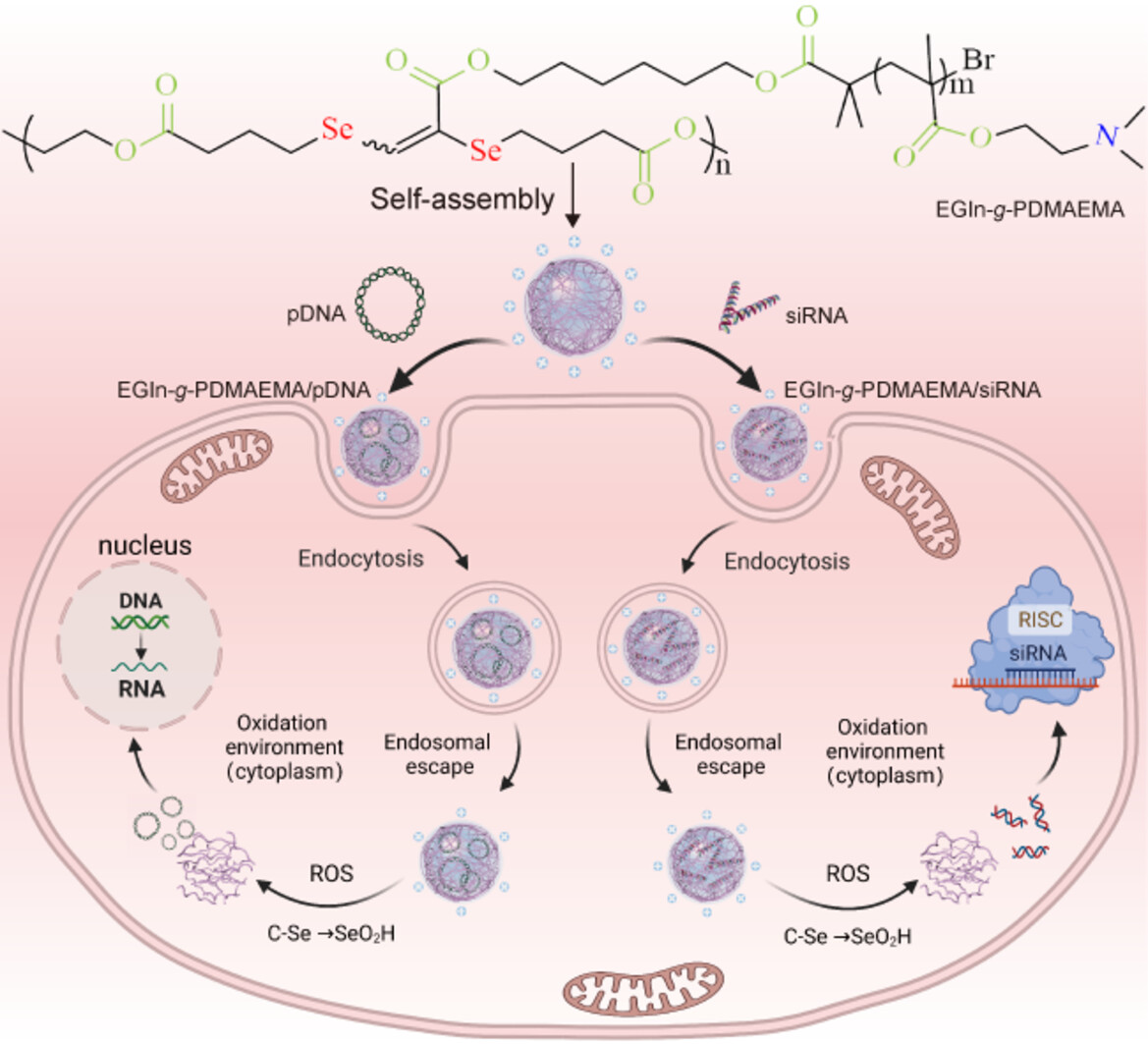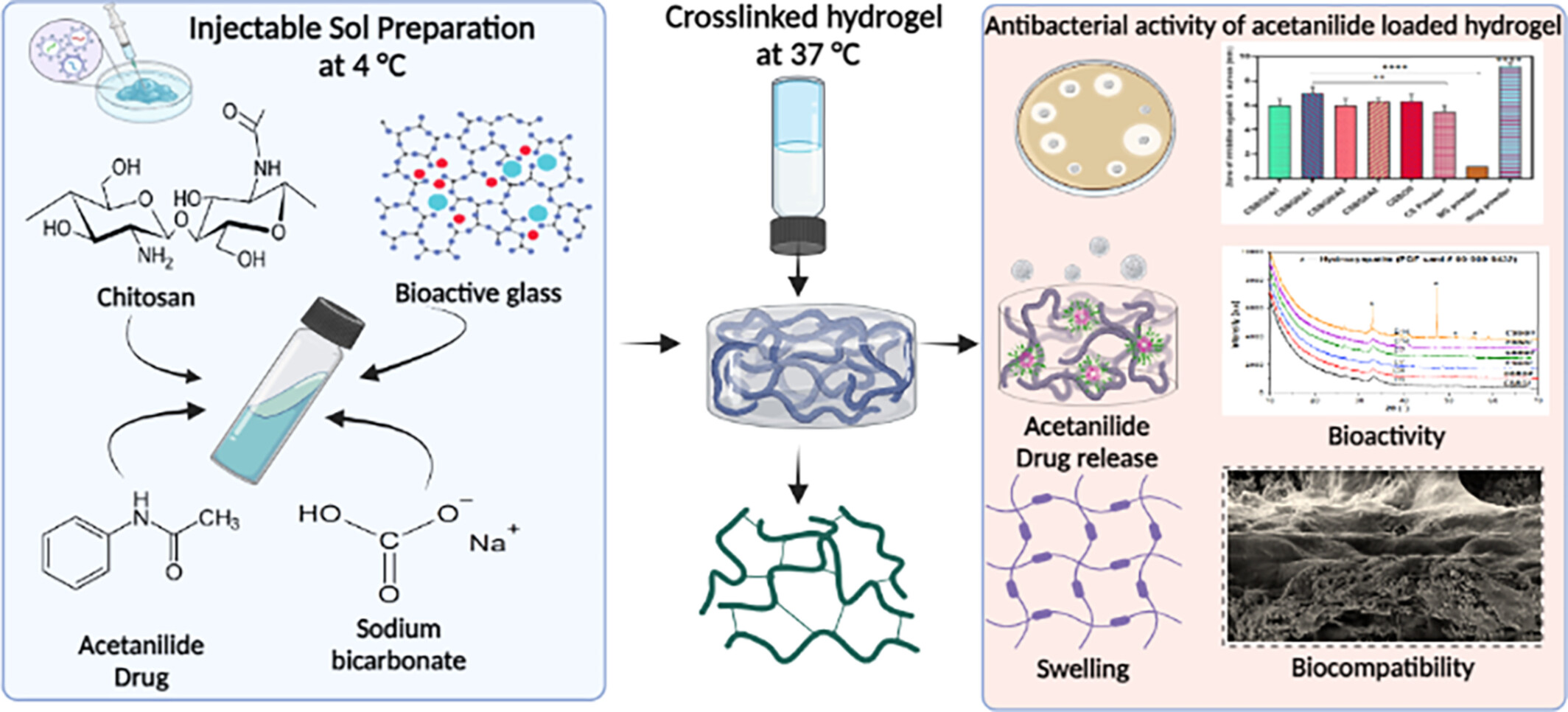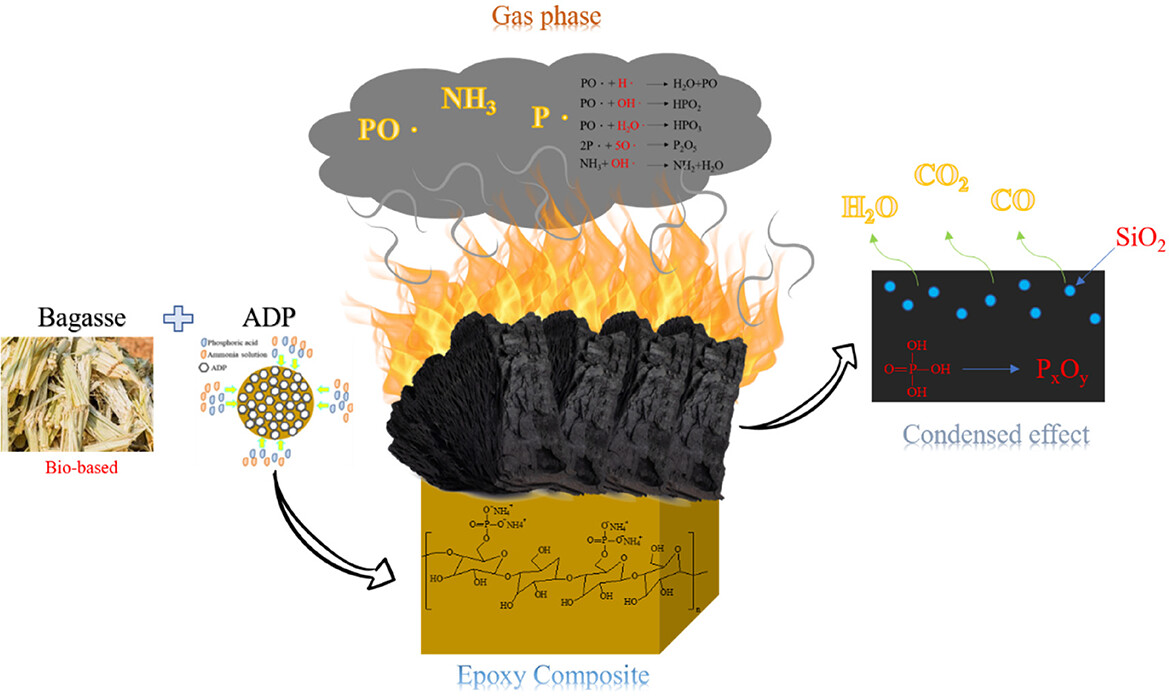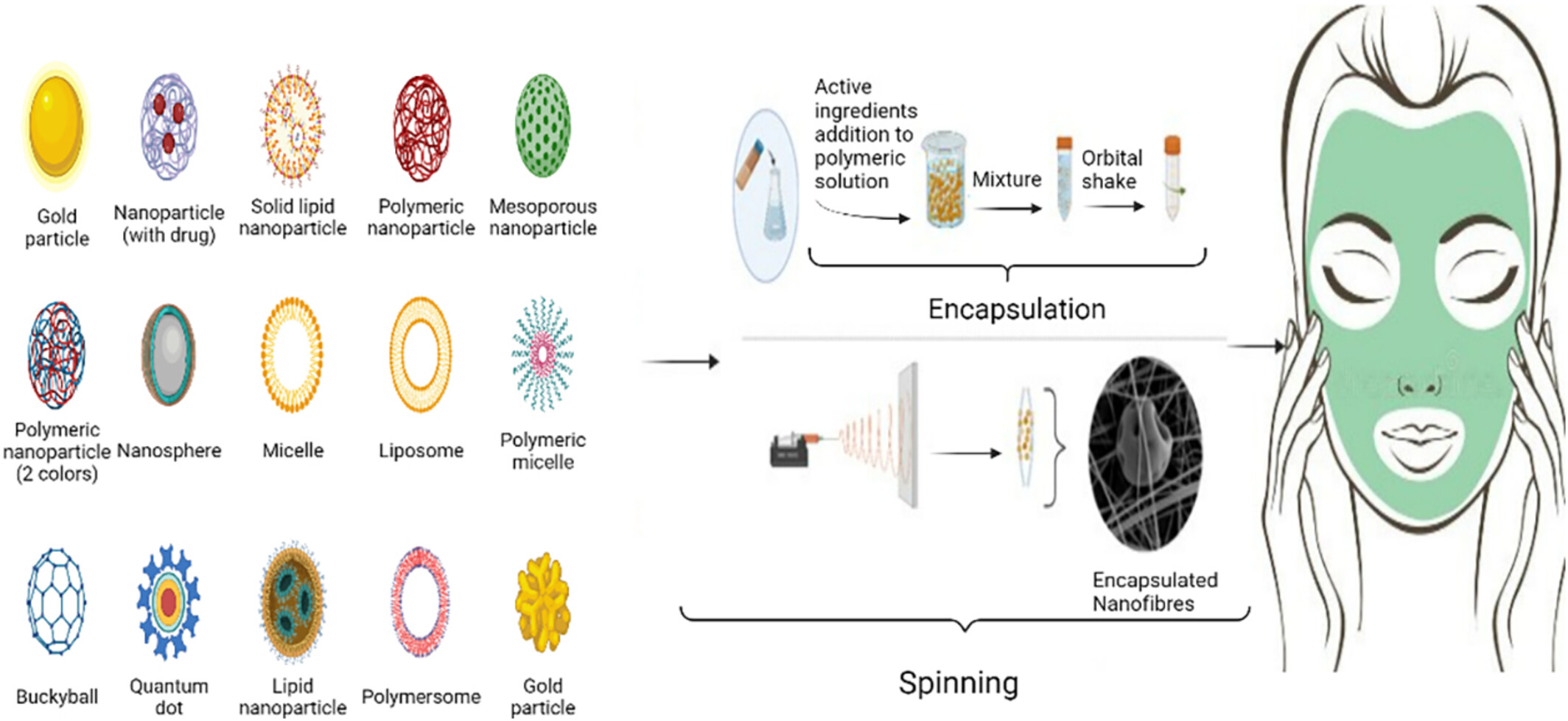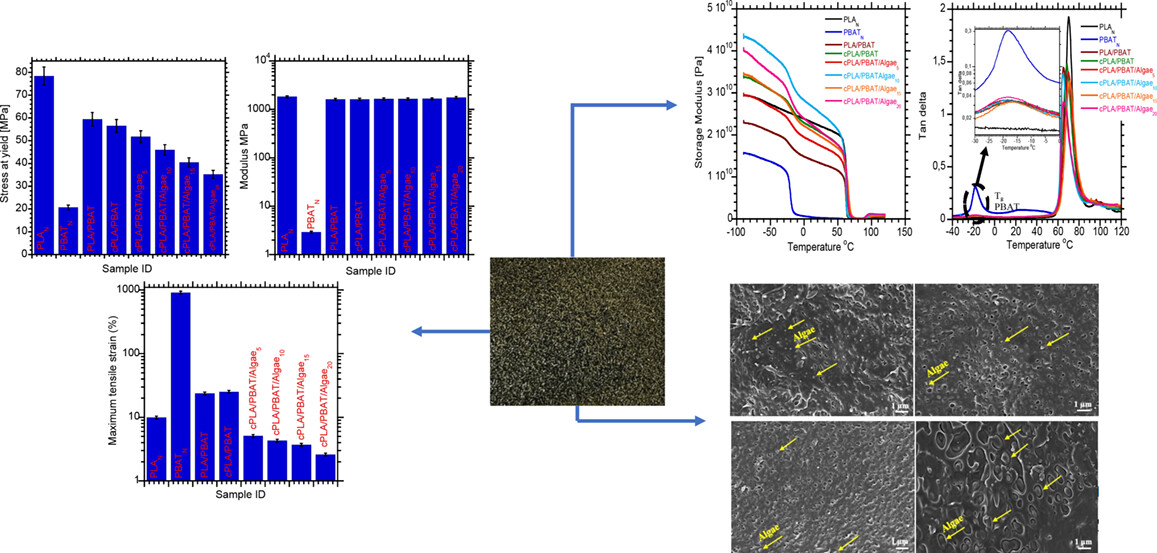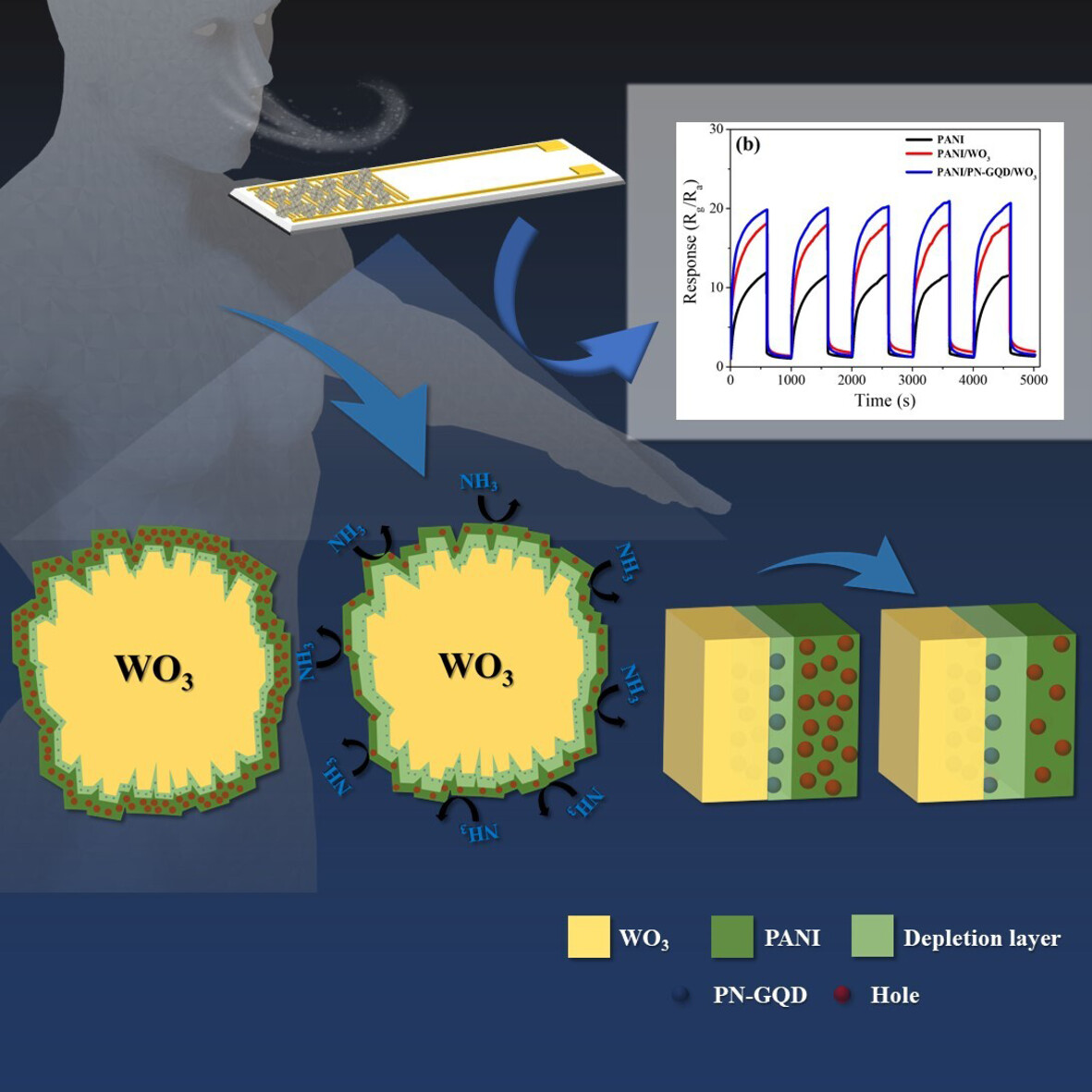Journal list menu
Export Citations
Download PDFs
COVER IMAGE
Cover Image, Volume 141, Issue 14
- First Published: 01 March 2024

The cover image by Qing-Yi Huang shows highly sensitive detection of NH3 in the concentration of 0.6~2.0 ppm, which can be used as a gas-sensing material to detect kidney or hepatic disease from human breath. DOI: 10.1002/app.55209
ISSUE INFORMATION
RESEARCH ARTICLES
Optical and electrical analysis of polyethylene oxide/disodium hexachloroplatinate complex composite films
- First Published: 14 February 2024
Copolyimide molecular brushes with poly(methacrylic acid) side chains as additive to polyphthalamide membrane: Organization, physical, and transport properties
- First Published: 12 January 2024
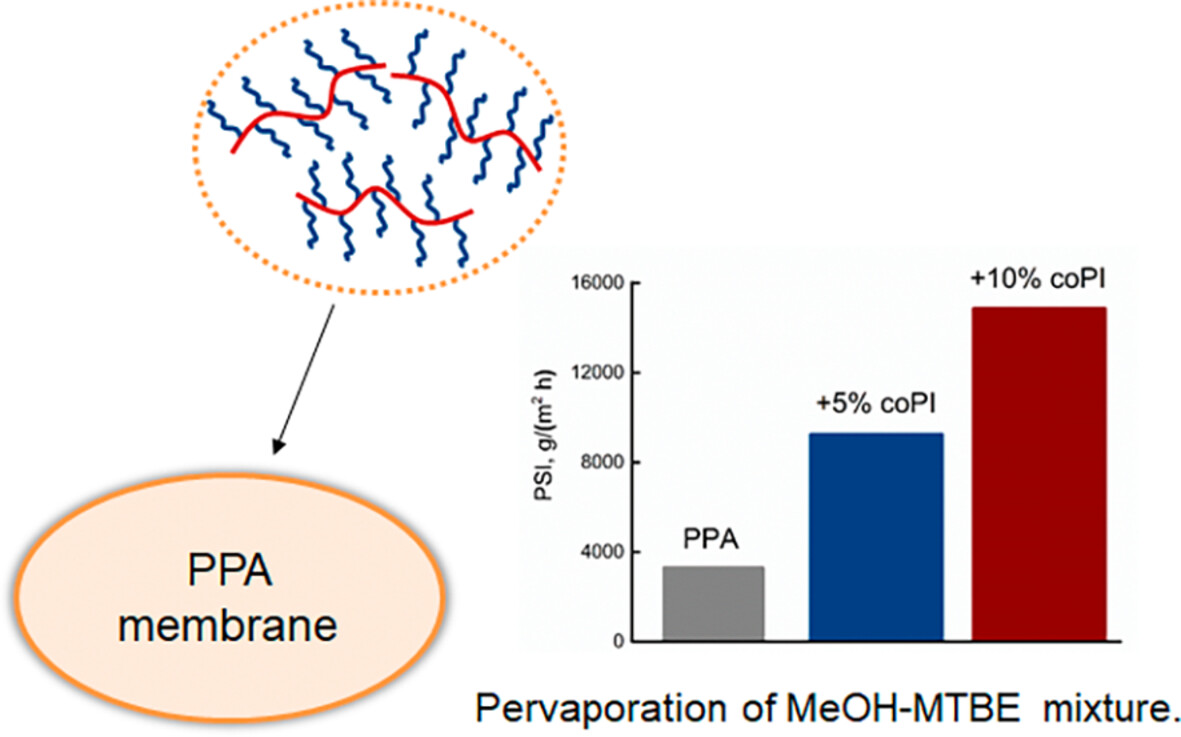
Novel composite materials were successfully developed by inclusion of copolyimide molecular brushes with poly(methacrylic acid) side chains into polyphthalamide matrix. Dense nonporous membranes from these materials were investigated using atomic force microscopy, mechanical tests, and membrane techniques. The developed membranes are promising for separation of the azeotropic methanol–methyl tert-butyl ether mixture by pervaporation.
A novel icariin-encapsulated PLGA/nBM composite biomimetic microspheres for bone repair
- First Published: 20 January 2024
Mechanically robust and highly electrochemical performance of polyethylene oxide gel polymer electrolyte
- First Published: 12 January 2024
A comparative study of polyurethane foam by substituting LBA using green polyurethane foam CFA-1
- First Published: 12 January 2024
Probing the interface structure of block copolymer compatibilizers in semicrystalline polymer blends
- First Published: 16 January 2024
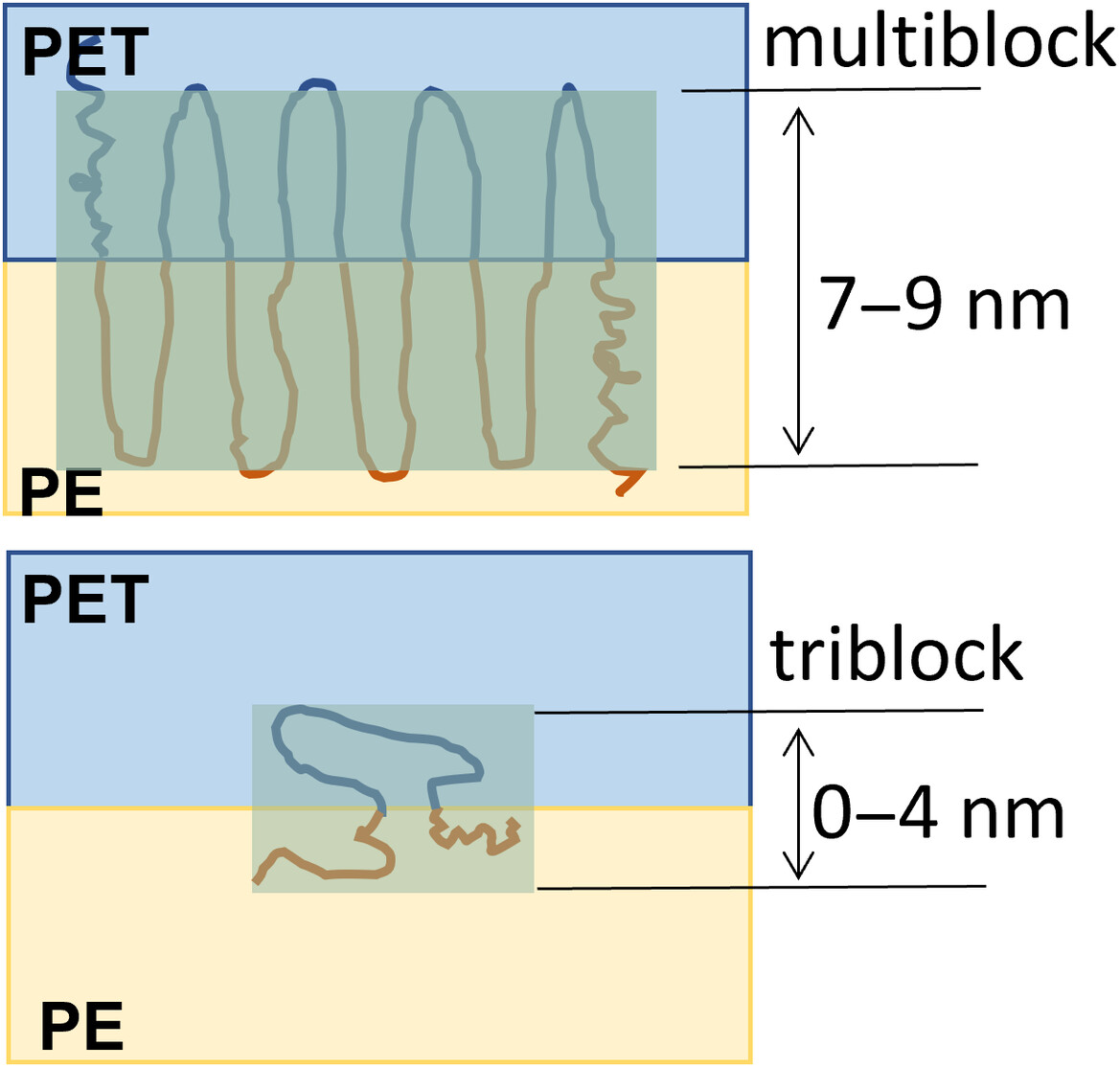
We investigate the interfacial structure of triblock and multiblock compatibilizers in a poly(ethylene terephthalate)-polyethylene homopolymer blend using small angle x-ray and neutron scattering. Analysis reveals multiblock copolymer's thicker interface layer and higher interfacial presence compared with TBCP, explaining their respective compatibilization efficacy. This work unveils mechanisms driving MBCP performance and highlights neutron scattering's utility in industrial polymer applications.
Composite core-double sheath fibers based on some biodegradable polyesters obtained by self-organization during electrospinning
- First Published: 15 January 2024
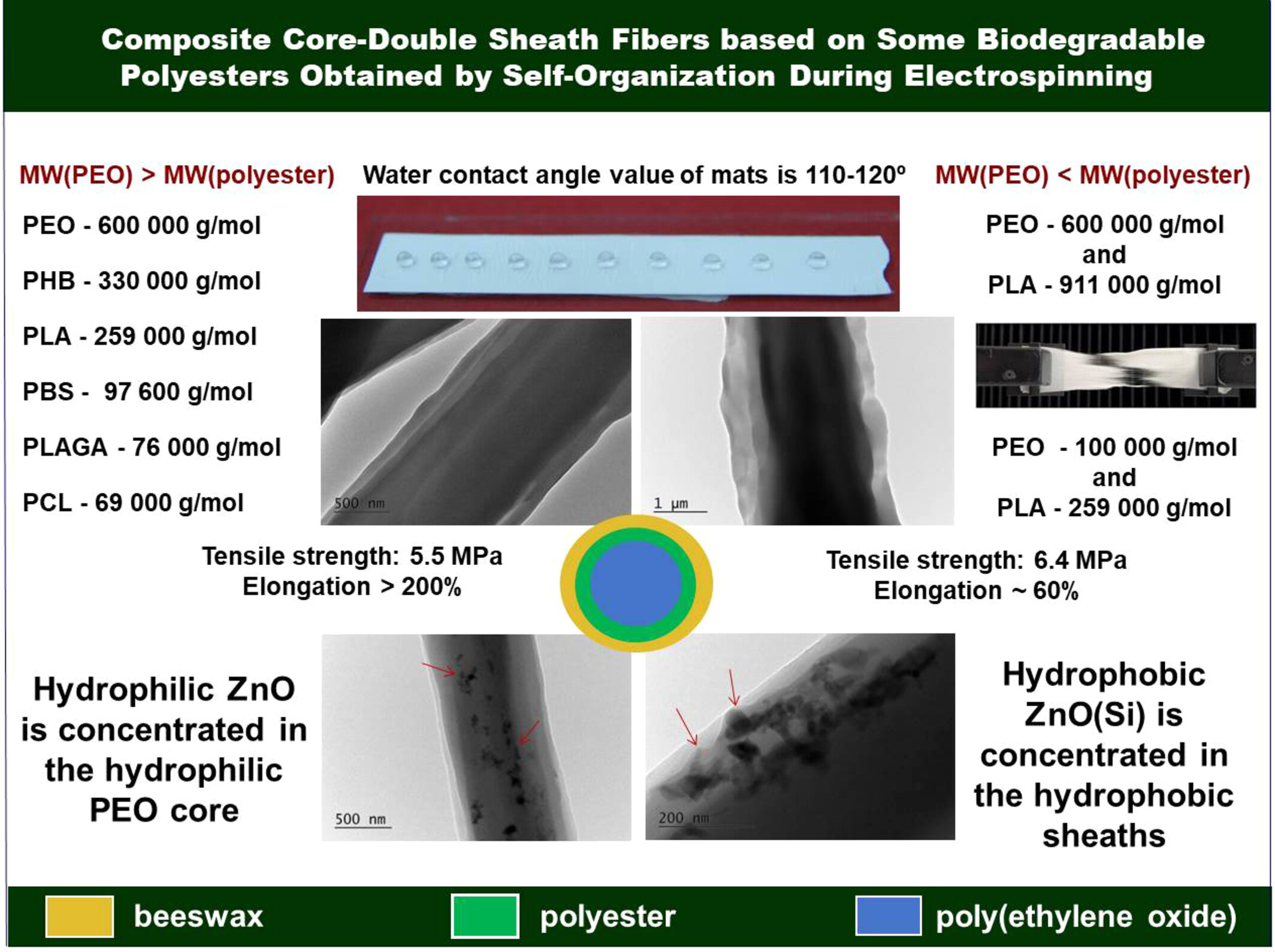
Composite electrospun fibers were prepared from biodegradable polyesters, poly(ethylene oxide) (PEO), and beeswax (BW). The fibers consisted of outer sheath of BW, inner sheath of polyester, and PEO core. The composition of the inner sheath and of the core was affected by the ratio polyester/PEO molar masses. Fibers containing an 8-hydroxyquinoline derivative as a model drug exhibited antimicrobial activity.
Enhanced mechanical properties of epoxy composites using cellulose micro- and nano-crystals
- First Published: 17 January 2024
Synthesis and surface modification of sunflower oil-based non-isocyanate polyurethane: Physicochemical and antibacterial properties
- First Published: 10 January 2024
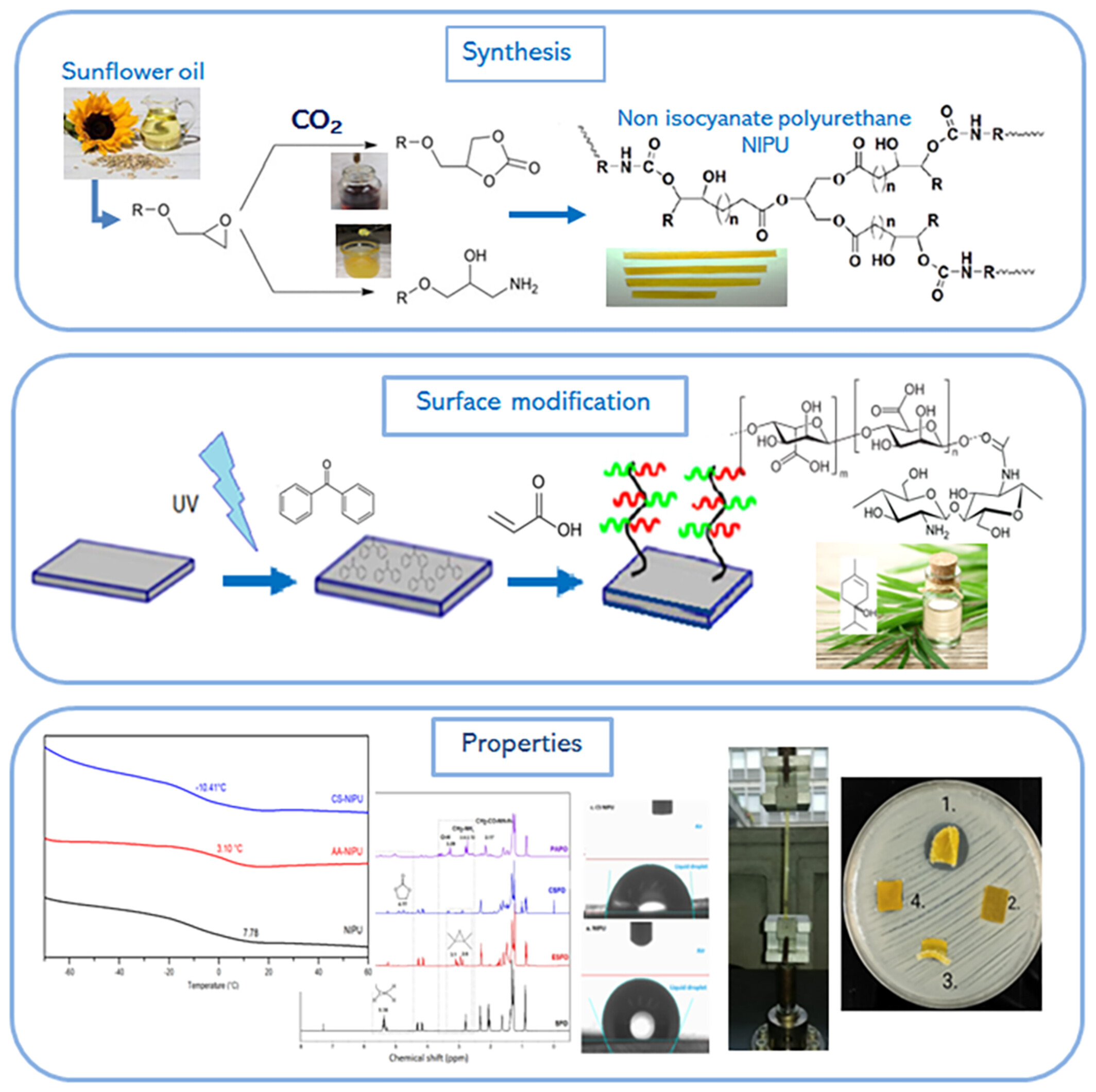
Sunflower oil is used as the only renewable source to successfully synthesize a non-isocyanate polyurethane. The two monomers of the synthesis are obtained by environmentally clean routes, and the polymer film obtained has good elastic properties. Its modification with antibacterial agents such as tea tree oil improves the antibacterial properties but decreases its mechanical performance.
Synthesis and properties of poly(ester imide) copolymers from 3,3′,4,4′-biphenyltetracarboxylic dianhydride, 2,2′-bis(trifluoromethyl)benzidine, and 4-aminophenyl-4′-aminobenzoate
- First Published: 09 January 2024
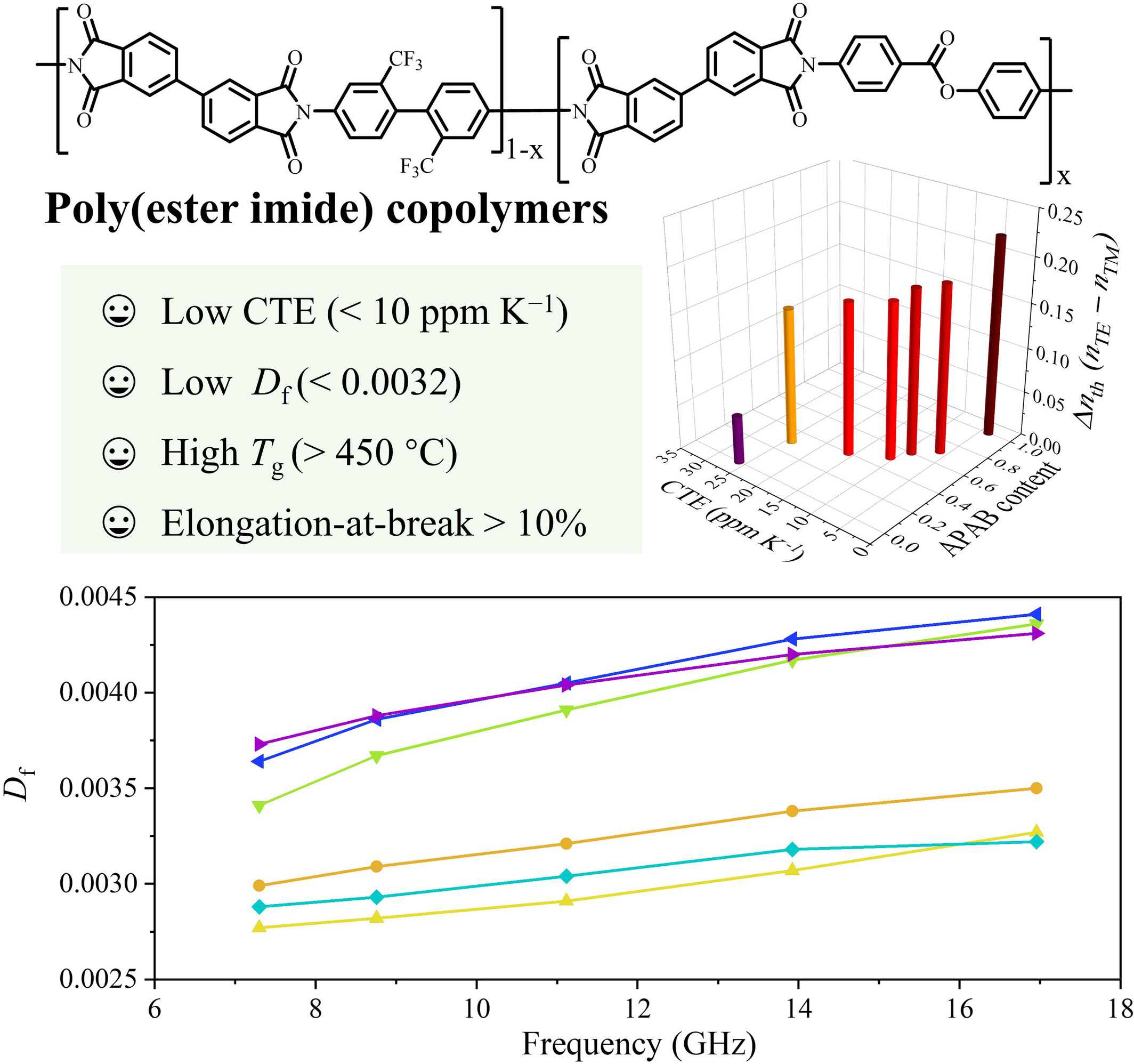
A set of PEsI copolymers were synthesized from 4,4′-BPDA, TFMB, and APAB, and their properties were tuned by varying the monomer compositions. PEsI copolymers with >60 mol% of APAB exhibited a high Tg (>450°C), a low value of CTE (<10 ppm K−1), a low dissipation factor (<0.0032) at high frequencies, and favorable mechanical properties.
A novel method for exploring the wear resistance characteristics of ethylene propylene diene monomers-polyamide elastomers with nano-graphite
- First Published: 23 January 2024
Synthesis of a biocompatible fluorinated multiblock copolymer surfactant for water-in-fluorocarbon droplets and its application in droplet digital polymerase chain reaction
- First Published: 09 January 2024
Thickness-dependent glass transition temperature of hydroxyethyl cellulose thin films based on dielectric properties
- First Published: 09 January 2024
Synthesis of bio-based poly(butylene carbonate-co-glycolic acid) with tunable degradation rate and mechanical properties
- First Published: 10 January 2024
Valorization of bio-calcium carbonate based Chamelea gallina shell waste fillers in shape memory polymer composites
- First Published: 10 January 2024
Comparative study on matrix resins in two low-density polyethylene based cable insulation materials with different voltage grades
- First Published: 12 January 2024
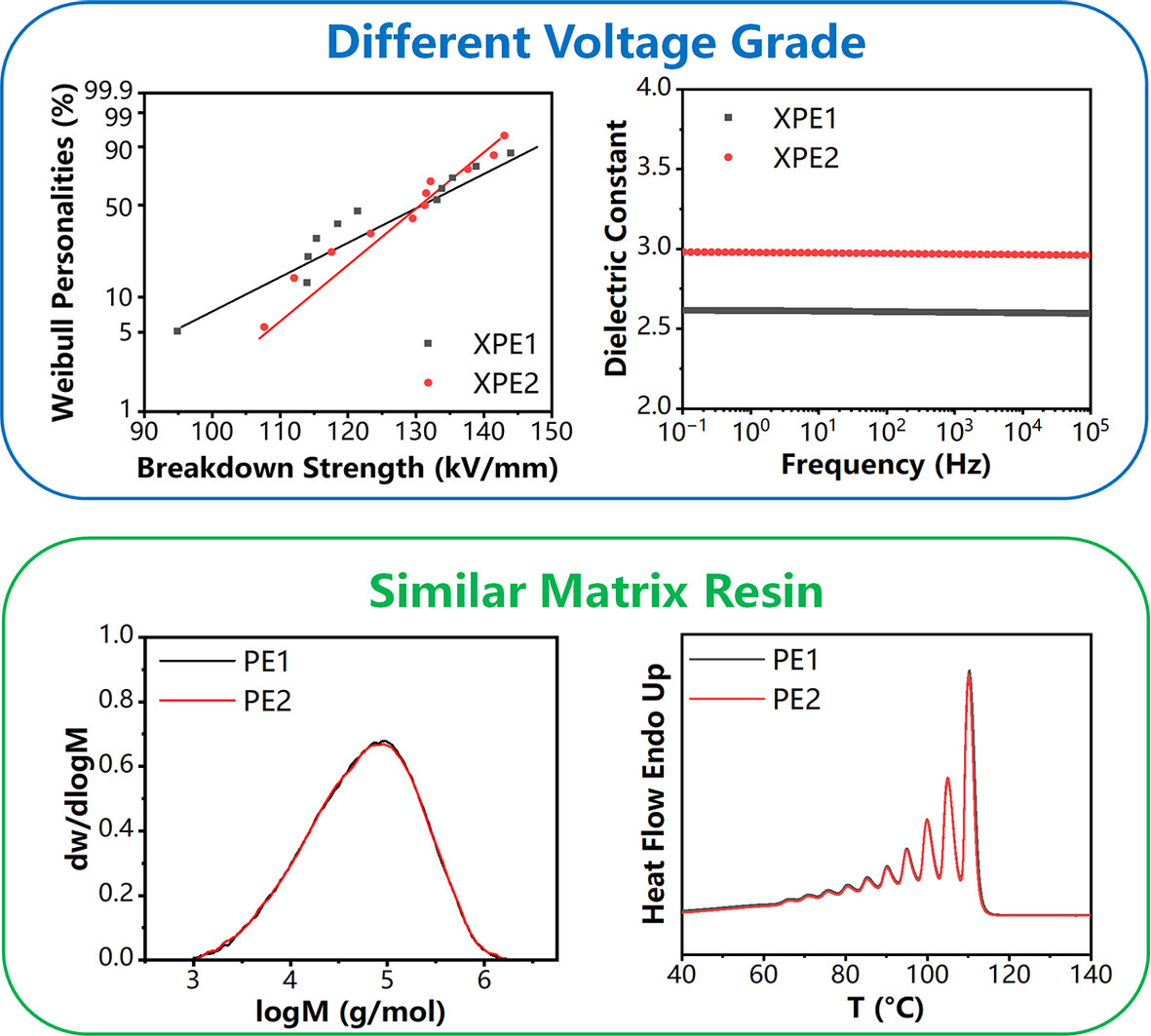
The matrix resins of two low density polyethylene cable materials with significantly different voltage grades have highly similar molecular structures including molecular weight and its distribution, vinyl content, etc. This observation suggests that the matrix resins are not necessarily different or same for the development of the cable materials with different or same voltage grades, respectively.
Preparation of luminescent polyethylene plastic composite nano-reinforced with glass fibers
- First Published: 09 January 2024
Reactive oxygen species may cause amyloid beta aggregation by free radical polymerization
- First Published: 18 January 2024
Effect of incorporation of star-shaped polycaprolactone on structure-properties relationship of chitosan-based networks via urethane/urea linkage
- First Published: 16 January 2024
Valorization of kapok fiber by phosphorylation with a reactive phosphorus- and nitrogen-containing flame retardant for enhanced fire safety
- First Published: 10 January 2024
Water-based UV curable hybrid urethane-acrylates formed by acid–base interaction between tertiary amine containing polyurethane and acrylic acid for photocoating and ink applications
- First Published: 21 January 2024
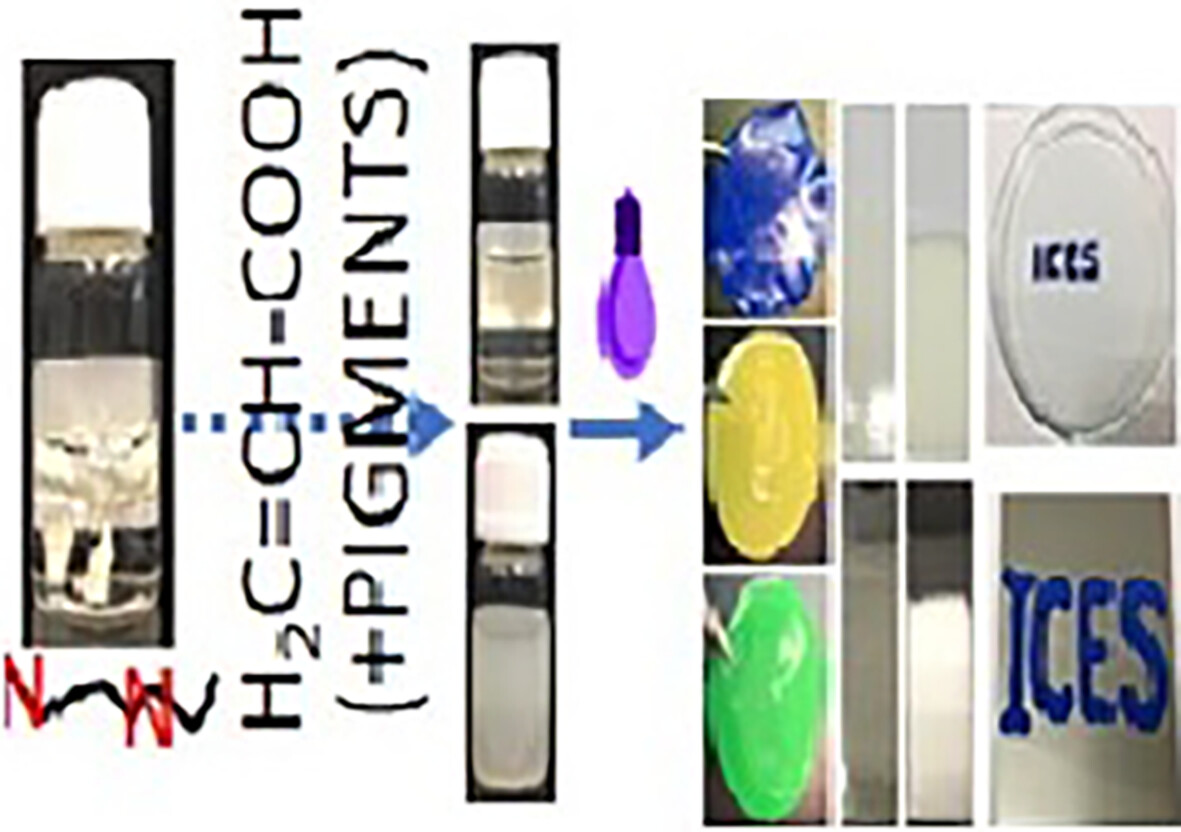
Fully water-based UV curing formulations were made by acid–base interaction between urethanes bearing tertiary amine and acrylic acid. Depending on the composition of tertiary amine containing polyurethane clear solutions to dispersions were formed. These were used in the UV curing process to coat metal and glass substrates and used as UV curing ink to print on glass and metal substrates.
Investigation of platelet activation and calcium store release by a topical hemostatic xerogel dressing for improved blood clotting
- First Published: 15 January 2024
Recycling decommissioned polyamide 11: An approach to handle a previously unwanted material
- First Published: 18 January 2024
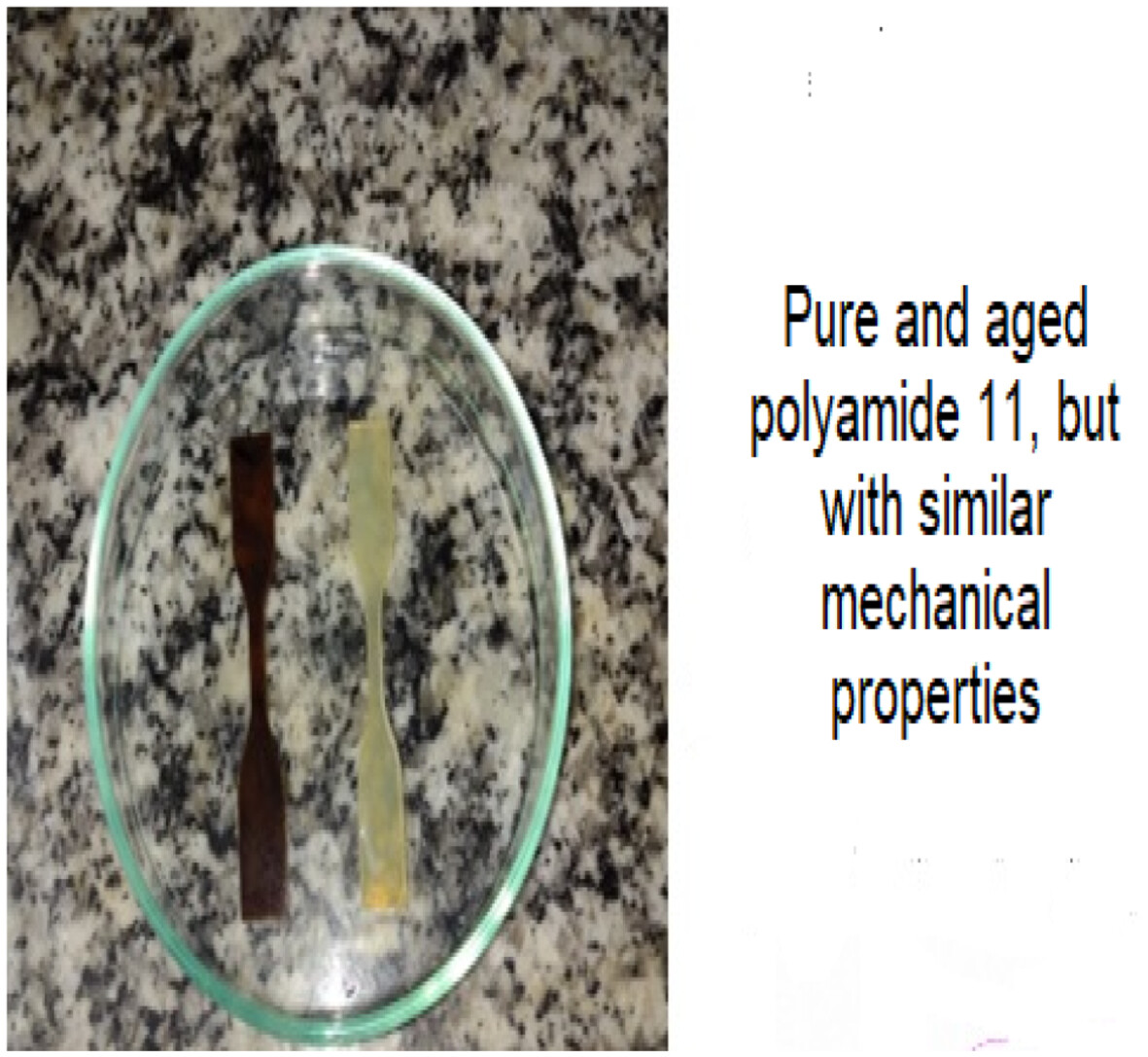
Two samples of PA11 that came from two different decommissioned flexible lines are tested and recycled with pure PA11 to see if they could still be used in technological applications. This analysis indicates that one of the samples showed suitable properties, indicating that it is important to analyze the degree of degradation of the PA11 before reusing.
Enhancement of fire safety in epoxy resin composites through incorporation of microencapsulated diatomite
- First Published: 16 January 2024
Phosphate and nitrogen-rich polyelectrolyte complex flame retardant treatment for cotton fleece
- First Published: 16 January 2024
Controlling the wax crystallization behaviors via the ratio of phenyl to aliphatic branches in block copolymer synthesized by RAFT copolymerization
- First Published: 12 January 2024
ROS-sensitive selenium-containing cationic brush polymer with potent gene transfection efficiency and biocompatibility
- First Published: 12 January 2024
Acetanilide-loaded injectable hydrogels with enhanced bioactivity and biocompatibility for potential treatment of periodontitis
- First Published: 20 January 2024
Preparation of thermally stable and flame-retardant sugarcane bagasse-ammonium dihydrogen phosphate/epoxy composites and their performance
- First Published: 26 January 2024
The preparation and performance analysis of chemical-treated maize straw fibers and Its high-performance polypropylene/chemical-treated maize straw fibers/maleic anhydride grafted polypropylene/silane coupling agent composites
- First Published: 10 January 2024
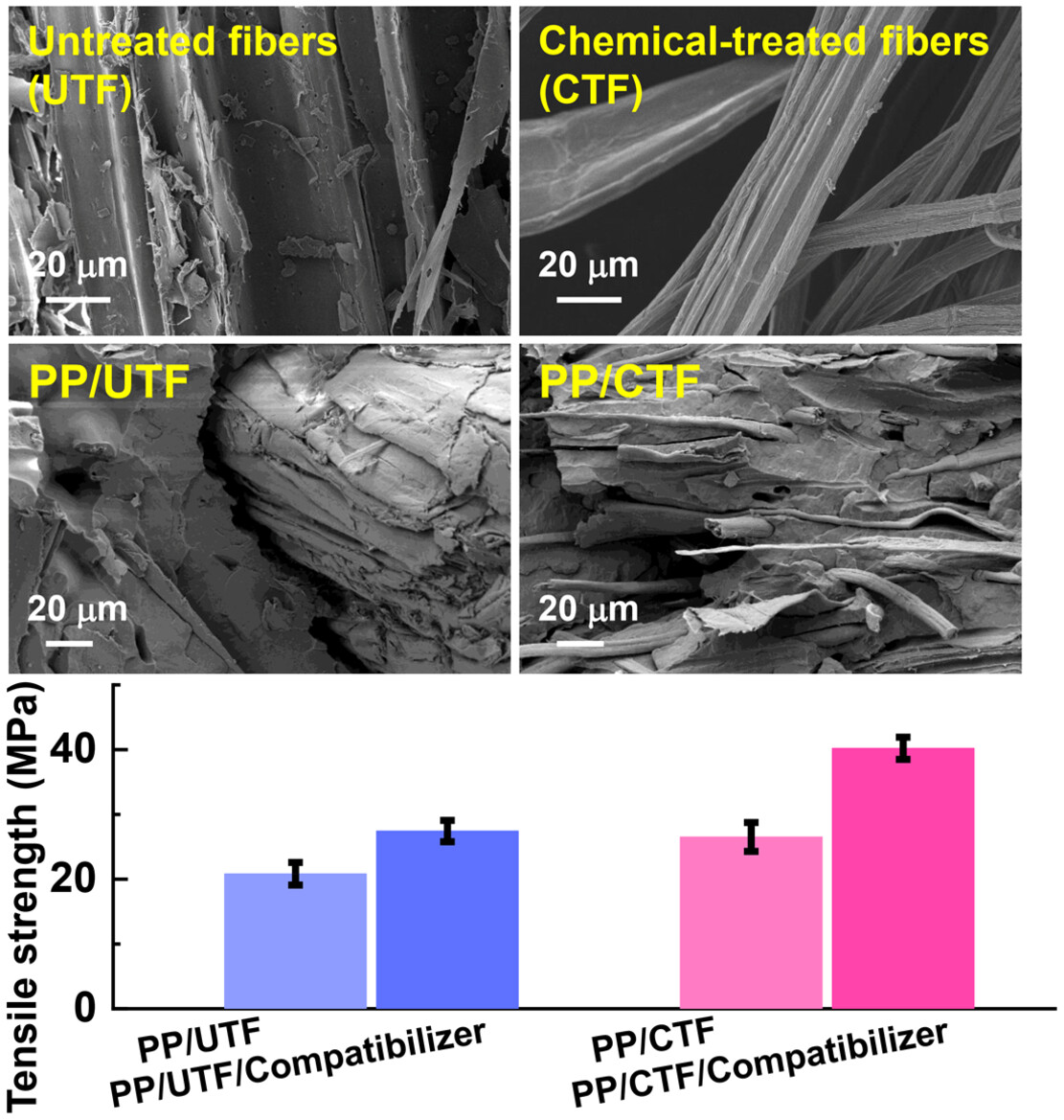
In this work, maize straws are transformed into fibers by chemical treatment. This kind of chemical-treated fibers (CTF) can be used to improve the mechanical performance of polymers, like polypropylene. In other words, the CTF can expand the application range and promote the utilization of wasted maize straws, as well as be benefit for the reduction of environmental pollution.
Exploring the efficacy of AHA–BHA infused nanofiber skin masks as a topical treatment for acne vulgaris
- First Published: 03 February 2024
Design of compostable toughened PLA/PBAT blend with algae via reactive compatibilization: The effect of algae content on mechanical and thermal properties of bio-composites
- First Published: 20 January 2024




